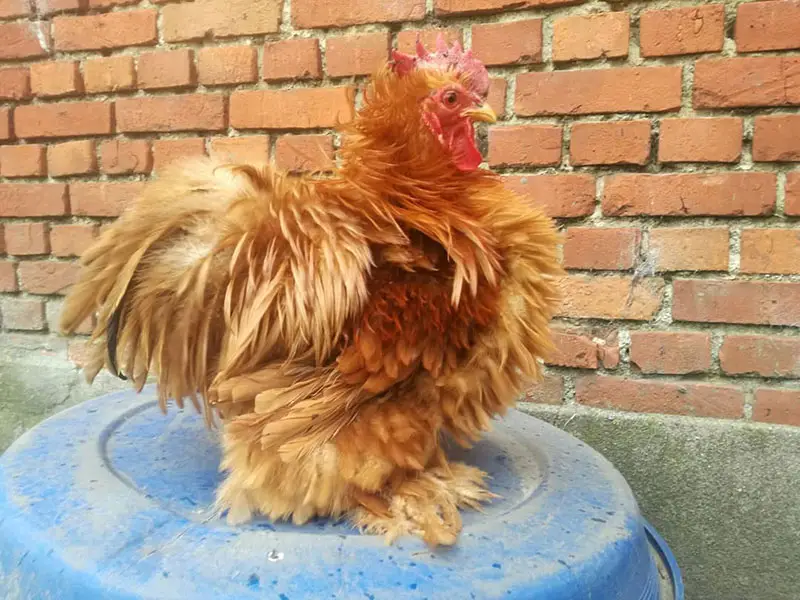It’s an amazing sight to see, little songbirds like jays and chickadees fearlessly pursuing, diving, and crowding around huge predators like hawks. Even larger raptors will be mercilessly harassed and pestered by these small birds.
Why then do little birds risk so much to drive hawks from their areas?
Here’s the short response in case you’re pressed for time: Hawks are chased by small birds in order to keep them away from their nests and eating grounds. Mobbing hawks together increases their chances and ensures the predator flees, despite the danger involved.
Defending the Region and the Offspring
Even though they are little in stature, little birds are renowned for their courage in protecting their young and territory. To keep hawks and other possible dangers away from them and their young, they engage in a variety of behaviours.
Don’t Let Hawks Near Nests
The primary motivation of young birds chasing hawks is to keep the latter away from their nests. Because they are inherently predatory, hawks represent a serious risk to the eggs and young that smaller birds raise in their nests.
Little birds try to scare off hawks by pursuing and bothering them so they won’t approach their valuable young. It’s an amazing demonstration of protective instinct and instinctive parenting.
Keep Aerial Predators at Bay
Small birds have also been seen chasing hawks as a means of evading other soaring predators. They deflect attention from themselves and their fragility by bothering the bigger birds of prey. During the breeding season, when young birds are more concerned about securing their nests, this behaviour is particularly prevalent.
Alert Others to the Danger
Little birds that chase hawks not only defend their own nests but also alert other birds in the area to danger. These little bird species have evolved an elaborate communication system, and they may make loud warning sounds or chase after hawks aggressively.
This alerts other birds to their surroundings and warns them to take extra care so they don’t end up as prey.
Ornithologists’ research has shown that little birds who exhibit this behaviour not only defend their own nests but also make the surrounding region safer for other bird species. They raise the odds of survival for the whole avian population by cooperating and warning one another of impending threats.
Number Safety
Although little birds are renowned for their swiftness and agility, hawks and other predators may still harm them. Why then do they sometimes act in a way that seems dangerous, like chasing after hawks? The idea of safety in numbers holds the key to the solution.
Joint Mobbing
One explanation for small birds chasing hawks is a phenomenon known as collaborative mobbing. These little birds will band together and dive and dart around a hawk in a coordinated way when it flies into their area.
Together, we can disorient and frighten the hawk, increasing the likelihood that it will flee the area. The young birds have a better chance of repelling the hawk and defending their nests if they band together.
Bewilderment and Overwhelm
Little birds also pursue hawks in an attempt to overwhelm and confuse them. Hawks must be swift and agile in order to capture their prey, yet they might become confused and have trouble concentrating on a single target when confronted with a bunch of smaller birds.
The smaller birds may be able to flee because the hawk finds it more difficult to determine the precise distance and direction of its prey due to the little birds’ persistent movement and harassing.
Joint Risk
There is safety in numbers, even if it may seem strange for little birds to take on a much bigger and more formidable predator. The little birds are dividing the danger among themselves by mobbing each other.
There’s less risk of any one bird being grabbed or hurt when they cooperate to drive off a hawk. The group’s overall survival is aided by this cooperative effort.
It’s crucial to remember that mobbing behaviour is not exclusive to hawks and small birds. When threatened, several other bird species also act in a similar manner. This cooperative reaction is a remarkable illustration of how animals may adapt and cooperate to improve their chances of surviving.
You may visit www.audubon.org or www.nationalgeographic.com for further information on the behaviours and adaptations of birds.
Natural Response
Ever wonder why little birds pursue after hawks, who are much bigger and more powerful than them, without fear? This apparently bold move is really an intuitive response that fulfils several functions.
innate resistance against predators
Little birds are naturally antipredators; they defend their territory and shield their young from harm. This behaviour has developed throughout time. They have been carrying on this behaviour for decades since it is engrained in their DNA.
Their natural reaction is to defend themselves and attempt to eject the hawk if they see one nearby.
Little birds are not the only ones with this natural tendency. Similar reactions are seen by many tiny animals in the presence of possible predators. It is a means of survival that contributes to the preservation of their species.
Forceful Defence
The little birds’ natural response to pursue hawks is an aggressive defensive mechanism as well as a show of courage. The little birds’ goal in vigorously following the hawk is to throw off its hunting routine and cause it to reconsider entering their domain.
Other birds in the vicinity may be warned of the possibility of a danger by this hostile behaviour.
Even while it would seem pointless for such little birds to confront a much bigger predator, their combined efforts can really make a big difference. They may put the hawk under stress by banding together and tormenting it, which will eventually drive it out of the region.
The Adrenaline Reaction
Little birds have an adrenaline rush when they come upon a hawk. They experience a spike in energy and awareness as a result of this adrenaline rush, which makes it possible for them to act swiftly and forcefully.
They are able to overcome their size disadvantage and participate in aggressive behaviour that they may not otherwise display because to this physiological reaction.
Their encounters with hawks and other high-stress circumstances in their everyday life benefit from this adrenaline reaction as well. It improves their chances of survival by enabling them to react quickly to dangers.
Therefore, the next time you witness a small bird pursuing a hawk without fear, keep in mind that it is not only an act of bravery but also a deeply rooted instinctive response motivated by the bird’s aggressive defence mechanism, innate antipredator behaviour, and the adrenaline rush that comes from potentially facing a threat.
Final Thoughts
Small birds pursue bigger raptors, such as hawks, to defend their young and resources, even if it is frightening and dangerous. Despite their smaller stature, they may repel hazardous predators by organising a group and engaging in violent dive-bombing.


![22 Species of Red Birds [Images + IDs]](https://birdsology.com/wp-content/uploads/2023/03/49398054206_fb3c667a31_b-600x400.jpg)



One thought on “Why Do Little Birds Chase Hawks?”